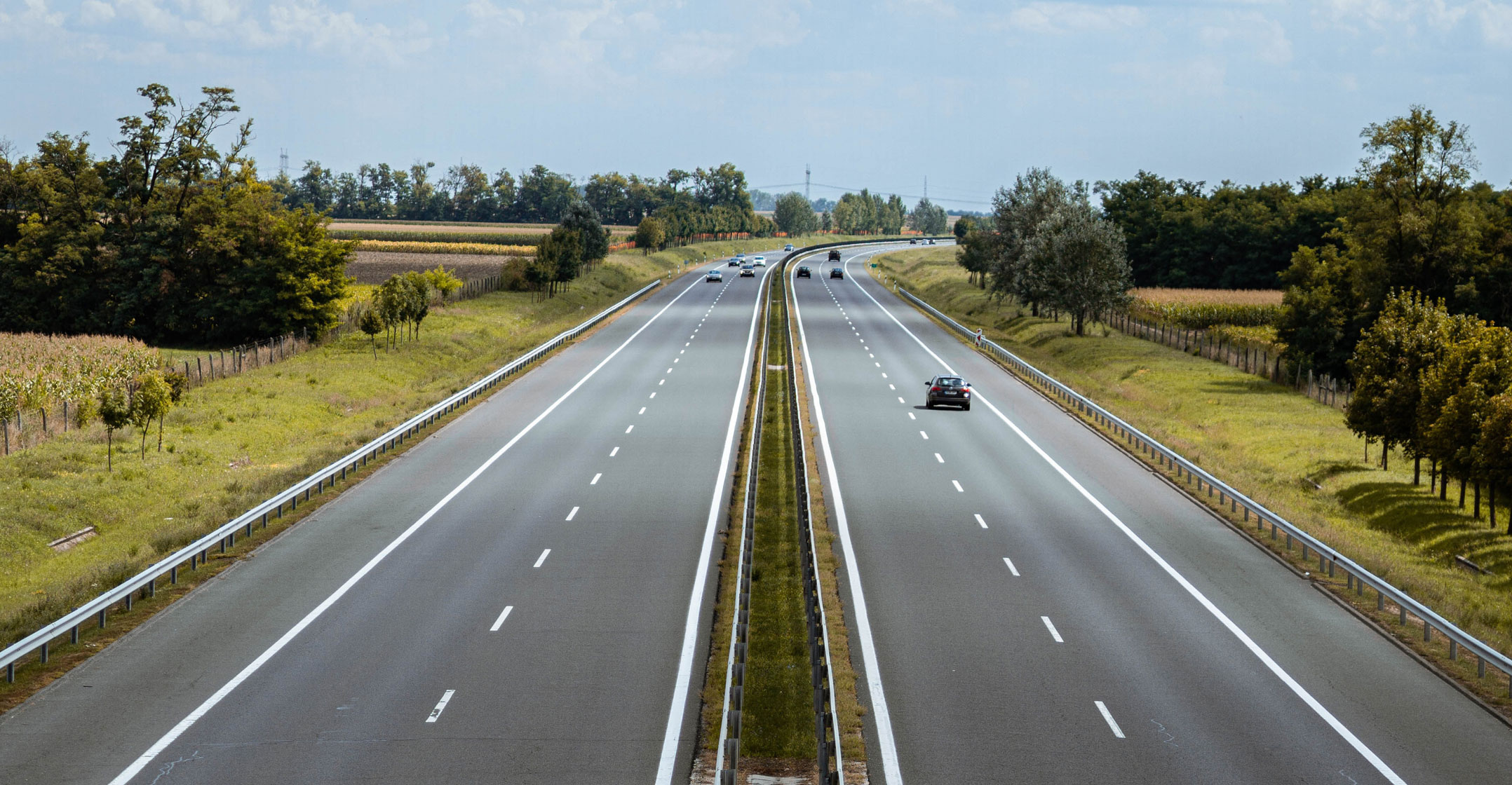
The department of transport plans to introduce a new driver’s licence card this year and implement a bouquet of measures to improve the service the public receives when visiting and interacting with driving licence test centres (DLTCs).
Transport minister Fikile Mbalula confirmed this on Friday after delivering his budget vote speech, adding that his department is looking at launching and rolling out the new card before the end of this year.
Mbalula said the national department of transport wants to “kill the queues at DLTCs and is also working on undermining the corruption involved in the booking of DLTC slots, especially in Gauteng”. He said this is to ensure that getting a driver’s licence does not become a cumbersome and stressful journey, and to make it accessible.
Chaos at DLTCs, which was exacerbated by the Covid-19 lockdowns, led to the validity of driver’s licences and learner driver’s licences that expired during the lockdowns in 2020 being extended until 16 August 2021.
Mbalula said the national department has started a process to consider the possibility of streamlining and rationalising its road traffic entities, such as the Road Traffic Management Corporation, the Road Traffic Infringement Agency and the Driving Licence Card Account trading entity.
He said this process includes reviewing the founding laws of some of these entities to ascertain areas of duplication, drivers of inefficiency and areas that require streamlining.
‘Plethora of complaints’
“Closely aligned to this is the review of the service delivery model of driver and vehicle licencing. We have been paying particular attention to the challenges confronting DLTCs across the country, and the impact these have on the livelihoods of those who require these services to put bread on the table. We have taken heed of the plethora of complaints by members of the public, civil society and political parties and we are taking decisive action to address the issues raised,” he said. “The end-game of our interventions is improved service delivery and enhanced efficiency in the functioning of DLTCs, free of corruption.”
Mbalula added that the department of transport has engaged with the three spheres of government and agreed on a range of measures that will address the most pressing challenges relating to driver and vehicle licensing.
He said these include longer operating hours, the use of technology to eliminate queues, and the introduction of an online interface for optometrist and medical practitioners to upload on the eNatis the eye test results, which is part of a process to allow motorists to employ the services of an optometrist of their own choice for eye tests.
 “We have now consolidated our work with the DLTCs in the different provinces and municipalities. Expect improvement in terms of operating hours … ensuring that people can accept their driver’s licence at their own comfort. But we will still allow the walk-ins and cater for rural people who don’t have access to the Internet.
“We have now consolidated our work with the DLTCs in the different provinces and municipalities. Expect improvement in terms of operating hours … ensuring that people can accept their driver’s licence at their own comfort. But we will still allow the walk-ins and cater for rural people who don’t have access to the Internet.
“We expect to roll out kiosks and mobile units. All of this will be happening in record time in the next coming weeks,” said Mbalula. “There is a whole bouquet of measures that will be unveiled piece by piece as and when we implement them.”
Transport department director-general Alec Moemi said the new driver’s licence card has to meet the standard of the International Organisation for Standardisation.
Moemi said in terms of the generated standards that have been agreed to globally, the department has to move to a plastic card like the new identity document card that is issued by the department of home affairs.
He said the material from which the card is manufactured is durable but also allows the department to embed new security features into the card.
“The old (existing) one, which is laminated, is much easier to forge and in country like ours, the fraudulent acquisition of licences has been rife in the past and security features and technology available to the public is advancing at a rapid pace. State organisations have to ramp up security features to make sure that we are ahead of the curve of what the public can potentially produce. The assessment now is that the current licence can easily be forged with what is now available on the market,” he said. “The inks are not that highly specialised and are now readily available to the market.”
Made by the state
Moemi said the new driver’s licence cards will be manufactured by the state. This follows the constitutional court in 2018 ordering Tasima, previous operator of the eNatis, to hand over the system and its intellectual property to the department of transport. eNatis, the National Traffic Information System, is the official register of vehicles‚ driving licences‚ contraventions and accident data in South Africa.
Moemi said the national transport department is hoping that the whole process to introduce the new driver’s licence card will be approved by cabinet by the end of June this year. “The roll-out plan could then commence soon thereafter and the first of these cards could be produced before the year end of this year,” he said.
Automobile Association spokesman Layton Beard said the driving licence card system is broken and needs to be fixed first before the introduction of a new card is considered. Beard said the more pressing and urgent need is fixing the system so that the process allows the actual delivery of cards.
 He also questioned whether there is a need for a new driver’s licence card and for the department of transport to share information about fraudulent driver’s licences. “People are having to queue for hours at DLTCs and the online systems don’t function properly. People phone the AA every day on this issue. Different people (officials) at different centres apply different rules all the time and that is also an overriding problem.
He also questioned whether there is a need for a new driver’s licence card and for the department of transport to share information about fraudulent driver’s licences. “People are having to queue for hours at DLTCs and the online systems don’t function properly. People phone the AA every day on this issue. Different people (officials) at different centres apply different rules all the time and that is also an overriding problem.
“One day you might be lucky and you go there and say you are 62, please can you help me and they say yes but the next day they question why should they,” he said.
- This article was originally published on Moneyweb and is used here with permission




